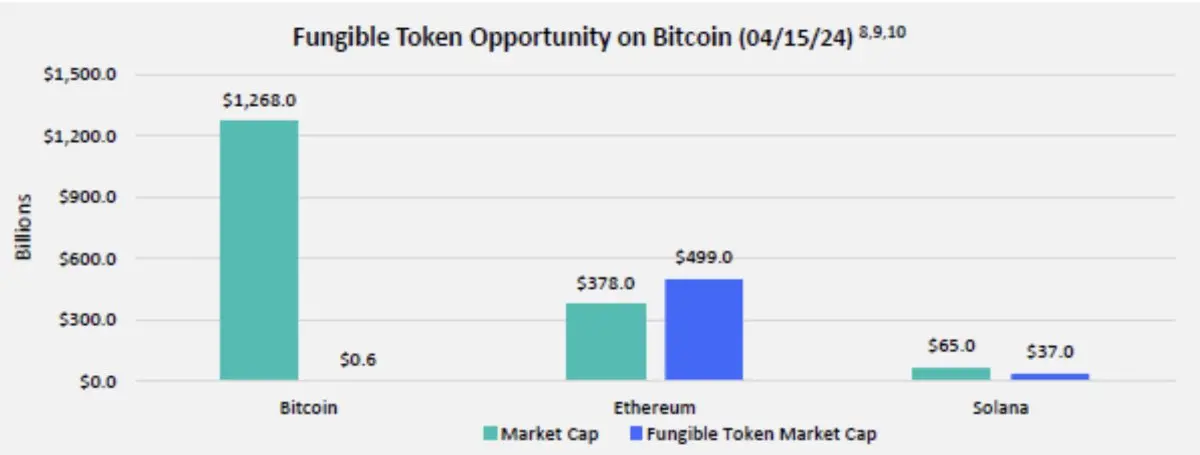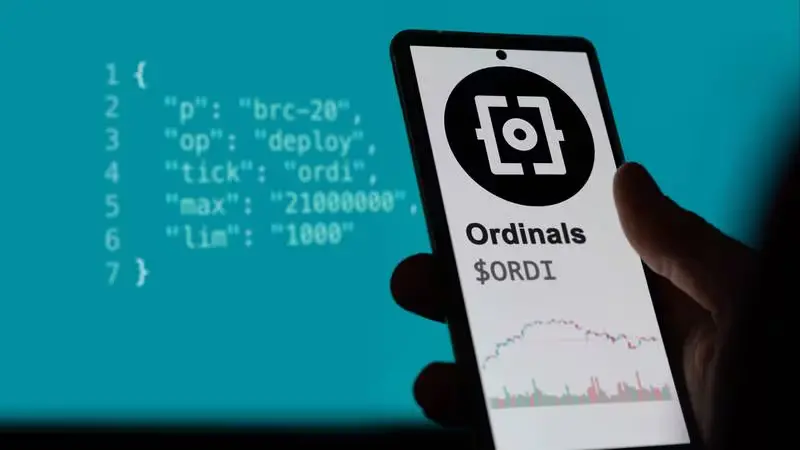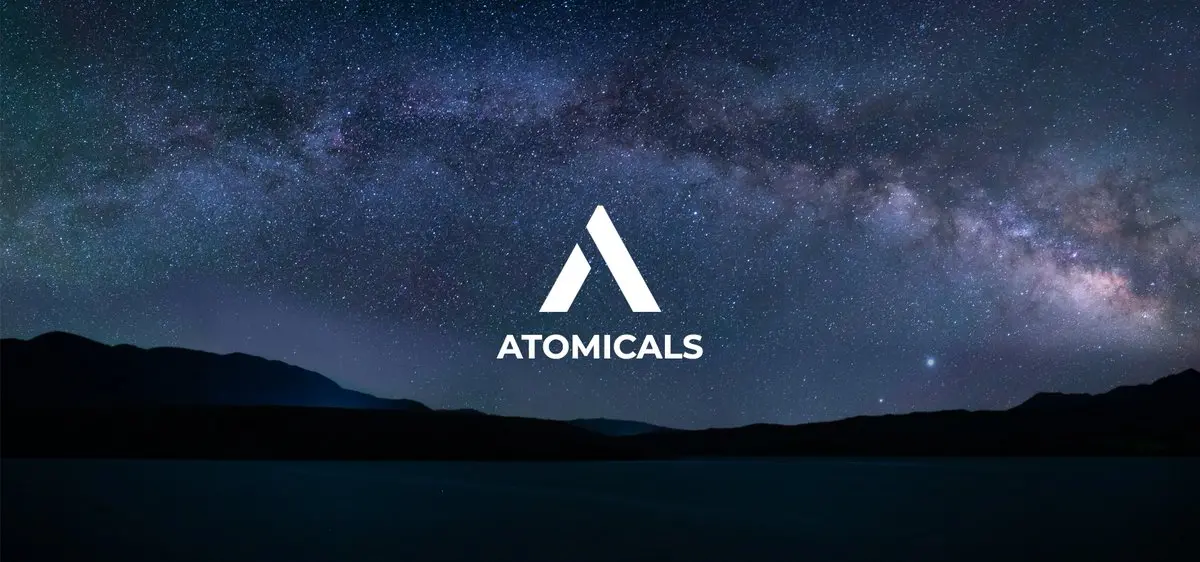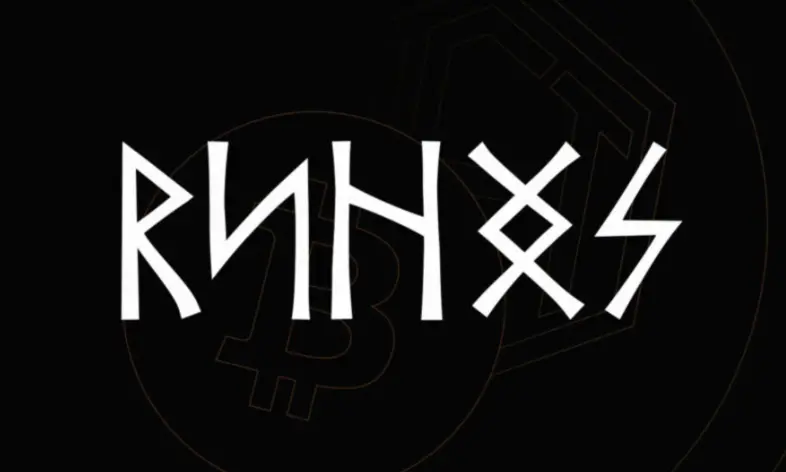Inventory of Bitcoin Layer 1 Protocols: BRC-20, Atomicals, Runes
Original author: 0xSea.eth
At block height 840,000, Bitcoin will experience its fourth halving, reducing the block reward from 6.25 BTC to 3.125 BTC, which is a significant event for the entire crypto industry. Within the Bitcoin ecosystem, nearly everyone is paying attention to the Runes protocol, which will launch alongside the 840,000 block height.
How will the Runes protocol change the landscape of the Bitcoin Layer 1 protocol ecosystem? What impact will it have on BRC-20, Atomicals, and other protocols? As an observer and participant, I would like to summarize some recent thoughts on the market on the eve of the halving and the launch of Runes.
Core Views
1/ The Bitcoin Layer 1 token protocol will form a tripartite structure with BRC-20, Atomicals, and Runes;
2/ Runes will attract Western retail investors' attention to the "altcoin on Bitcoin" track, bringing more users and liquidity to the entire Bitcoin ecosystem;
3/ The industry will transition from "issuing new assets" to the next stage, with DeFi as the greatest common divisor;

▵ Franklin Templeton's internal report, We're still early!
Chapter I BRC-20
In 2023, BRC-20 became synonymous with the "Bitcoin ecosystem." From Bitcoin's perspective, BRC-20 is a growth hacker for the Bitcoin ecosystem, attracting many people to own their first self-custodied Bitcoin wallet and purchase their first BTC as gas for consumption through simple participation and a huge wealth effect. Although the technical implementation of BRC-20 is not perfect and has faced criticism, it has defined the initial standard for "issuing altcoins on Bitcoin" (First is first) and has led two waves of BRC-20 frenzy over the past 12 months, with two leading assets $ordi and $sats listed on major exchanges, reaching a market cap of over $1 billion for an extended period.
BRC-20 is like a minimum viable product (MVP), inspiring many other protocols, including Runes, in terms of chip distribution and mechanism design. Additionally, the asset explosion and network congestion issues brought by BRC-20 have directly stimulated the industry's attention to Bitcoin scaling and L2 solutions.

After taking the first step of "asset issuance," the BRC-20 ecosystem needs richer applications and gameplay. At the end of March, BRC-20 underwent a significant upgrade, allowing developers to deploy five-character tickers, supporting project teams to "self-issue" and destroy tokens, planting seeds for DeFi. It can be seen that UniSat, as one of the most influential players in the BRC-20 ecosystem, has also formed a more tacit and in-depth cooperation with the protocol author @domodata.
After two waves of enthusiasm, the primary market for BRC-20 has calmed down significantly. Many people have found that a bunch of worthless BRC-20 tokens in their wallets, like NFTs, cannot be sold at all. In the past month, we have seen some BRC-20 projects working on migrating their assets to Runes. It is foreseeable that after Runes officially launches, the primary market for BRC-20 will be severely drained.
Based on this background, I believe the next focus for BRC-20 will mainly be on the landing situation of the DeFi trifecta in the ecosystem: for example, when UniSat's own BRC-20 Swap will fully open; whether there will be reliable stablecoins; when lending projects supporting Ordinals and BRC-20 asset staking, like @ShellFinance_, will launch, etc.
BRC-20 has passed the 0-1 stage and needs to move to the next level.
Chapter II Atomicals
Friends who have followed me for a while know that I am a fan of @atomicalsxyz.
Now is a critical period for the Atomicals protocol, with on-chain liquidity dwindling and a lot of FUD during this time. Fortunately, before the launch of Runes, it has received support from OKX Web3 wallet/market and Binance Web3 wallet/market, establishing a complete infrastructure and creating space for protocol development. However, Binance's original support was set to launch in February, but it actually went live in early April, and the situation has changed significantly in those two months.

Even in this low period, I still believe Atomicals deserves a place in the Bitcoin ecosystem.
1/ ARC-20 is based on colored coins and UTXO, maximizing compatibility with the Bitcoin native network, making it a beneficial exploration for DeFi on BTC Layer 1, which is the origin of its "atomicity."
2/ Atomicals stands out among many Layer 1 protocols, having received infrastructure support from leading platforms like OKX and Binance, no longer an infant in swaddling clothes.
3/ Recognition of the two core visions of the Atomicals protocol (Bitwork and AVM) and admiration for the founders.
4/ The price of $atom has dropped from a high of 16+ to a low of 3.5, an 80% decline, which is a reasonable correction level in a bull market, leaving opportunities for the future.
Regarding Atomicals, the key points to focus on next:
1/ AVM: The significance of AVM lies in directly implementing smart contracts on Bitcoin Layer 1, supporting deposit, stake, and lend for ARC-20 tokens, enabling basic DeFi capabilities. Of course, there are many limitations in the Bitcoin L1 network, and AVM also faces restrictions and challenges. However, the implementation of AVM itself is a breakthrough from 0 to 1 in Bitcoin's 15-year history. For more information about AVM, see previous tweets.
2/ Splitting: Due to the limitations of the Bitcoin network, on-chain splitting of $atom (cannot send less than 546 coins) has always been a challenge. However, the splitting plan has now been determined and has entered the testing phase, to be launched alongside AVM, which will provide more liquidity and a larger holder base for atom as a protocol Beta token on-chain.
3/ Ecosystem: In addition to listing on larger exchanges to gain sufficient liquidity, another challenge for Atomicals is how to attract more capable project teams to join, enabling more quality asset issuance and circulation on the protocol, providing a diverse asset base for AVM.
Chapter III Runes
Compared to BRC-20, Runes is an improved and enhanced version.
Where is the improvement?
1/ Technology: Like Atomicals, Runes is based on the UTXO model, which avoids placing a burden on the BTC network like BRC-20 and reduces the time and monetary costs for users transferring assets.
2/ Mechanism: Runes adds a more flexible issuance mechanism on the basis of BRC-20, such as project team pre-allocation (Premine), unlimited time and quantity, etc.
Where is the enhancement?
1/ Marketing: Atomicals underwent 7 months of focused development from February to September last year, while Runes has been in a 7-month pre-launch promotion since the end of September last year. Like a dam that has accumulated water for 7 months, it has formed a small ecosystem; when the dam opens its gates, its potential will nourish the downstream ecosystem.
2/ Infrastructure: Due to the 7-month pre-launch period and its "orthodoxy" background, Runes received substantial support from many wallets and trading platforms on its first day of launch. In contrast, the Atomicals protocol took 7 months from its launch in September to gradually gain support from major players like Unisat, OKX Web3, and Binance Web3.
3/ Appeal: @rodarmor has significant influence in the Ordinals ecosystem, leading to the emergence of Runestone, RSIC, and many other NFT projects that are actively engaging in the ecosystem.
Since Casey's article last September, I have been closely following the progress of Runes and have made some preparations (such as full nodes + ord indexing) to avoid missing out. I have always believed that Atomicals has more technological innovation and stronger technical consensus. As a fan and supporter of Atomicals, the popularity of Runes has made me rethink the competition and differences between protocols. Although I believe Runes has limited innovation, it has indeed become the protocol with the highest market consensus. Just as Ethereum was not the first public chain to support smart contracts, and its technology may not be the best, its thriving developer ecosystem has made it the leading public chain for smart contracts.
On the asset issuance side, there are three factions within the Runes ecosystem:
1/ The pre-runes early bird faction, represented by RSIC and Runestone, with market caps above 500M, already priced in with little chance for excess returns;
2/ A 100% fair launch like BRC-20, with no pre-allocation for the project team;
3/ The project team reserves a portion while opening a portion for community minting;
There will be projects that can emerge from all three factions. However, Runes has received unprecedented attention from the industry, and the information gap from the past few weeks has almost disappeared, leaving only execution power and gas fees. On-chain competition will definitely be intense. It may be difficult to create a myth of ten-thousand-fold returns like last year's ordi when it was overlooked, but there should still be plenty of opportunities for dozens to hundreds of times.
Regarding Runes, my focus points moving forward:
1/ Everyone says that Ordinals NFTs are predominantly Western players, while BRC-20 is led by Eastern forces, with no overlap. As a new force inheriting Ordinals' ecosystem resources, Runes will attract Western players to participate in "altcoins on BTC," connecting and integrating players from both East and West. More users and liquidity will flow in, and some attention will spill over to the BRC-20 and Atomicals protocol ecosystems.
2/ Bold hypothesis: Will there be a certain Western group participating more in Runes tokens that will be the first to go on Coinbase? Projects like Runestone completely exclude BRC-20 addresses from their airdrop targets, which is worth pondering.
3/ Besides asset issuance, does Runes have any undisclosed innovations? Can the Light Pools mentioned in Casey's tweets be implemented, pushing Runes from asset issuance into the DeFi phase?
--- END ---
From the low-key launch of BRC-20 on 2023/3/8, to the emergence of Atomicals on 2023/9/21, and then to the brilliant release of Runes on 2024/4/20, this marks 13 months of the Bitcoin ecosystem's budding.
At this moment, we stand on the eve of the fourth halving, focusing on the evolution of the BTC ecosystem from simple asset issuance to the next step like DeFi, witnessing the historical trajectory of Bitcoin amidst the flames of war.
As presented in the first image above, the entire BTC ecosystem's asset market cap is only in the tens of billions of dollars, leaving plenty of room for growth. We're still early!











